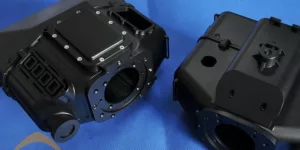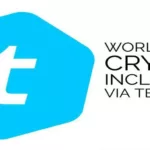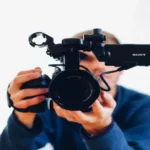One of the main essential steps in the industrial design is creating a prototyping. Prototype is a three-dimensional model of the vision that you have about the design. Prototyping is all about physically realizing the idea that is in your mind or on paper before starting to spend real money on creating end-products; you need to figure out how the end-product will be by creating basic, small-scale and inexpensive mock-ups first.
The Art of Industrial Design Prototyping
Industrial design is a process used to model out products that are going to be manufactured in large scale through most modern techniques of mass production. This practice has been in the market for decades for the method of creating a prototype called the industrial design prototyping has picked up the market in recent times. The main reason being the ability to visualize the end-product beforehand. Other reasons are discussed below
The processes adopted by industrial prototype designers are evolving day by day with new tools and technologies coming into the market. The most modern 3D rendering and CAD modelling software are now ruling the prototype design market. These software create a complete 3D model of the product which can then be converted to physical product for functional and usability tests.
The Process of Industrial Design Prototyping
The workflow opted for industrial design prototyping largely determines the success rate of a prototype. The most widely accepted workflow is sketching- > Visual 3D Modelling -> Physical Prototyping
1. Sketching – The first step
Sketching allows prototype designers to create ideas and arrive at initial design plans real quick. While sketching here is no need to allocate resource to any design plan, so in case you need to scrap up the whole plan there is no loss at all. There are many well established sketching experts in the market who can create sketches based on Projection principles, perspective designs and depth-of-field concepts using shade and casting shadows.
2. Visual 3D Modelling
3D modelling is done using ultra sophisticated modelling softwares like Visual3D by C-Motion which can generate 3B models in absolute reality using the principles of kinematics, kinetics and inverse dynamics.
3. Physical Prototyping
Each company will be using their own machine for physical prototyping. These machines will be converting the 3D model into a physical model so that people can use and test it. Depending on the industry and the budget companies may choose to build a smaller version [in terms of physical size] of the product as a prototype.in such cases the main challenge would be the scale of product, the proportions when compared to actual product scale and the color material and finish of the prototype when compared to the final end product.
4 reasons you need a prototype in Industrial design
The success of the end-product is going to largely depend on how well and close to reality your design prototype is. That is why building models and prototypes is an essential and most budget-consuming part of any design process. This is also why companies never think twice in investing in a complex real-feel industrial design prototype. Below are 4 main reason why you should invest time and money in designing prototype.
1. Help designers understand problems better
Undoubtedly there is going to be lot of road-blocks and problems while developing a product. Not many of these will show up during the design phase unless you have a good prototype created for the product. Thus industrial design prototyping will definitely help in visualizing road-blocks before-hand and include the remediation in the final product.
2. Bring in more creative and imaginative solutions
Design process is all about bringing in imaginative solutions so that end customer get most out of the product and there by driving more sales and business in the industry.
3. Investigate human interactions
If you have a perfect model similar to the end-product developed using modern Industrial design prototyping techniques, you can analyze how people will be using the product and enhance the product based on the feedback.
4. Test functionality in a better way
Development of an end product involves rounds and rounds of testing on the system level, functional level and the usability level. Functional testing and Usability testing can be accomplished in a better way if we have the design prototype in hand.








